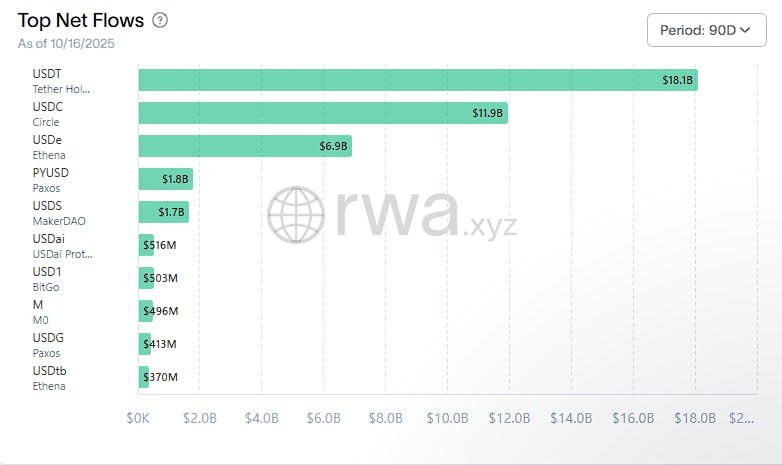
The Moment Banks Realize They’re No Longer in Control
Visa is now advising banks and other financial institutions to integrate stablecoins into their business models:
- use them for fast and low-cost settlements (instead of correspondent accounts),
- accept deposits in stablecoins,
- issue loans in stablecoins,
- and even automate payments through smart contracts.
All of this, of course, assumes that banks themselves will become stablecoin holders.
Just think how that could shift the balance of power.
Right now, any bank that holds the collateral behind USDT, USDC, PYUSD, and other similar assets could freeze that collateral — and that would seriously shake the entire stablecoin market. After all, who needs a “stable” coin if its backing is blocked?
But once banks start holding stablecoins directly, the tables turn. Tether, Circle, Paxos, and others will be the ones able to blacklist bank addresses in their smart contracts. Suddenly, it’s the banks who could find themselves on the receiving end of someone else’s control.
Quite an idea, isn’t it?
Meanwhile, stablecoins are getting harder to ignore. According to rwa.xyz, total stablecoin capitalization has grown more in the past 90 days than in any other 90-day period in history — proof that more and more people are moving away from traditional money. Sooner or later, banks will have to face this reality.
And remember: all major stablecoins are available for exchange on rabbit.io: no limits, no registration.













